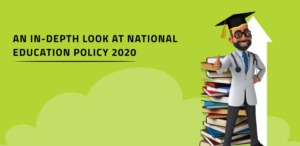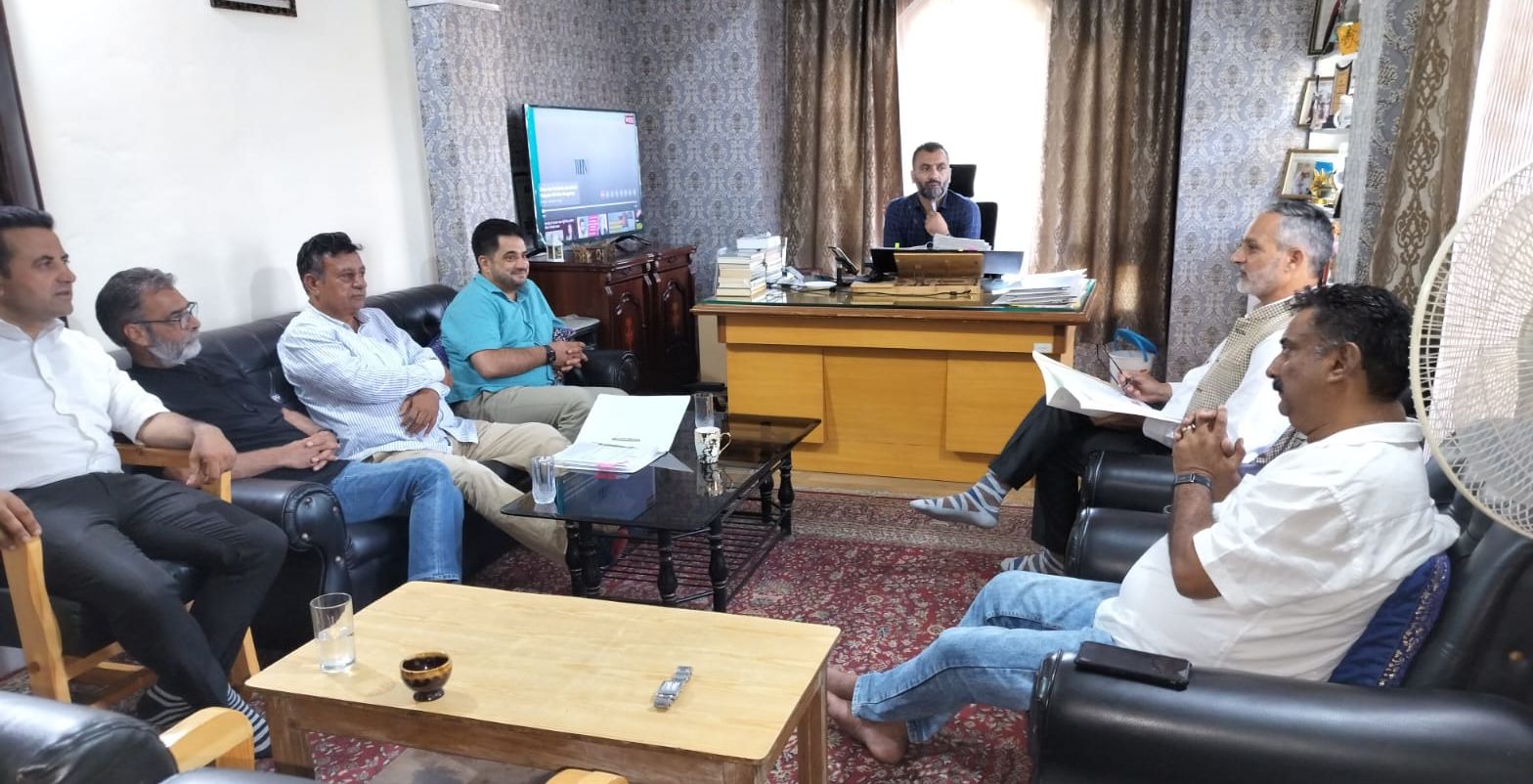
Artificial Intelligence (AI) has made remarkable strides over the past few decades, transforming from a concept in science fiction to a reality that permeates various aspects of our lives.
One way to understand the advancement of AI is by comparing it to human intelligence, often measured by IQ (Intelligence Quotient).
The IQ of Albert Einstein Albert Einstein, one of the most renowned physicists in history, is often cited as having an IQ of around 160. His
groundbreaking contributions to theoretical physics, including the theory of relativity, have left an indelible mark on science and our understanding of the universe.
The IQ of AI Systems As AI technology has evolved, so has its capability to perform tasks that require intelligence. For instance, ChatGPT-4, a state-of-the-art AI language model, is estimated to have an IQ of around 155. This places it in the range of human geniuses, capable of understanding and generating human-like text with remarkable accuracy.
Imagining the Future: ChatGPT-6 Now, let’s take a leap into the future and imagine an AI system like ChatGPT-6 with an IQ of 1550. This hypothetical AI would be far beyond the cognitive capabilities of any human, including geniuses like Einstein.
Such an advanced AI would be able to process and analyze information at unprecedented speeds, solve complex
problems with ease, and generate insights that are currently beyond human comprehension.
The Implications of Superintelligent AI The development of superintelligent AI, with IQs far surpassing human levels, holds both incredible potential and significant challenges:
Scientific Breakthroughs: Superintelligent AI could
accelerate scientific research, leading to breakthroughs
in fields such as medicine, physics, and environmental
science. It could help us solve some of the most pressing
issues facing humanity, from curing diseases to
addressing climate change.
Economic Transformation: AI with such advanced
capabilities could revolutionize industries, driving
economic growth and creating new opportunities.
However, it could also lead to job displacement and
economic inequality if not managed responsibly.
Ethical Considerations: The development and
deployment of superintelligent AI raise important
ethical questions. Ensuring that AI systems are aligned
with human values, preventing misuse, and addressing
biases are critical challenges that must be addressed.
Human-AI Collaboration: Rather than viewing
superintelligent AI as a replacement for human
intelligence, it can be seen as a powerful tool for
collaboration. By working together, humans and AI
can achieve more than either could alone.
Conclusion
The journey from AI systems with IQs comparable to
human geniuses to those with IQs far beyond human
capabilities is a testament to the rapid advancement of
technology. While the potential benefits are immense, it is
essential to approach this future with caution, ensuring that
AI is developed and used in ways that are ethical, equitable,
and beneficial for all of humanity.
The Impact of AI and Quantum Computing on
Our World:
Artificial Intelligence (AI) and Quantum Computing are two
of the most transformative technologies of our time. They
hold the potential to revolutionize various aspects of our
lives, from the way we work to how we interact with the
world around us. However, like any powerful technology,
they come with their own set of advantages and
disadvantages.
Advantages of AI
1. Efficiency and Productivity: AI can automate
repetitive tasks, allowing humans to focus on more
complex and creative work. This can lead to increased
productivity and efficiency in various industries.
2. Data Analysis: AI can process and analyze vast
amounts of data much faster than humans, providing
valuable insights and aiding in decision-making
processes.
3. Healthcare: AI has the potential to revolutionize
healthcare by improving diagnostics, personalizing
treatment plans, and even predicting disease outbreaks.
4. Innovation: AI can drive innovation by enabling new
products and services, such as self-driving cars, smart
assistants, and advanced robotics.
Disadvantages of AI:
1. Job Displacement: One of the most significant concerns
is the potential for AI to displace jobs. Many routine
and manual jobs are at risk of being automated,
leading to unemployment and economic inequality.
2. Bias and Ethics: AI systems can inherit biases present
in their training data, leading to unfair and
discriminatory outcomes. Ethical considerations
around privacy and surveillance are also critical.
3. Security Risks: AI can be used maliciously, such as in
the creation of deepfakes or autonomous weapons,
posing significant security threats.
4. Dependence: Over-reliance on AI can lead to a loss of
human skills and judgment, making us vulnerable if
the technology fails.
The Impact on Jobs
AI’s impact on jobs is a double-edged sword. While it can
create new opportunities in fields like AI development, data
science, and robotics, it also threatens to displace many
traditional jobs. The key to mitigating this impact lies in
education and reskilling. By preparing the workforce for the
jobs of the future, we can harness the benefits of AI while
minimizing its negative effects.
Transforming Our World
AI has the potential to transform our world in profound
ways. From smart cities that optimize energy use and reduce
traffic congestion to personalized education systems that
cater to individual learning styles, the possibilities are
endless. AI can also play a crucial role in addressing global
challenges such as climate change, healthcare, and food
security.
The Role of Quantum Computing
Quantum Computing, when combined with AI, can take
technological advancements to a whole new level. Quantum
computers can process information at unprecedented speeds,
solving complex problems that are currently beyond the
reach of classical computers. This can lead to breakthroughs
in fields like cryptography, materials science, and drug
discovery.
The Future of Technology
The future of technology with advanced AI and Quantum
Computing is incredibly promising. We can expect to see
more intelligent systems that can understand and interact
with the world in ways that were previously unimaginable.
This will lead to smarter, more efficient technologies that
can improve our quality of life and drive economic growth.
However, it’s essential to approach these advancements with
caution. Ensuring that AI and Quantum Computing are
developed and used responsibly will be crucial in
maximizing their benefits while minimizing potential risks.
The impact of AI in education?
AI has the potential to significantly transform the education
sector in several ways:
Personalized Learning
AI can tailor educational content to meet the individual
needs of each student. By analyzing data on a student’s
performance, learning style, and preferences, AI systems can
create customized learning plans that help students learn
more effectively and at their own pace.
Intelligent Tutoring Systems
AI-powered tutoring systems can provide students with
additional support outside of the classroom. These systems
can offer explanations, answer questions, and provide
feedback on assignments, helping students to better
understand the material.
Administrative Efficiency
AI can automate many administrative tasks, such as grading,
scheduling, and managing student records. This can free up
time for educators to focus on teaching and interacting with
students.
Enhanced Engagement
AI can create more engaging and interactive learning
experiences. For example, AI can power virtual reality (VR)
and augmented reality (AR) applications that bring subjects
to life, making learning more immersive and enjoyable.
Early Intervention
AI can help identify students who are struggling and may
need additional support. By analyzing data on student
performance and behavior, AI systems can alert educators
to potential issues early on, allowing for timely intervention.
Accessibility
AI can make education more accessible to students with
disabilities. For example, AI-powered tools can provide real-
time transcription for deaf or hard-of-hearing students, or
convert text to speech for visually impaired students.
Lifelong Learning
AI can support lifelong learning by providing adults with
opportunities to continue their education and develop new
skills. AI-powered platforms can offer personalized learning
experiences that fit into busy schedules, making it easier for
people to learn at any stage of life.
Data-Driven Insights
AI can analyze vast amounts of educational data to provide
insights into what teaching methods are most effective,
which can help educators improve their practices and better
support their students.
Challenges and Considerations
While AI has many potential benefits for education, there
are also challenges to consider. Ensuring data privacy and
security, addressing biases in AI systems, and providing
equitable access to AI-powered tools are all important
considerations.
Overall, AI has the potential to make education more
personalized, efficient, and accessible, ultimately improving
learning outcomes for students around the world.
NADEEM MALIK
Cell No:- +917006419503
Email :- [email protected]







